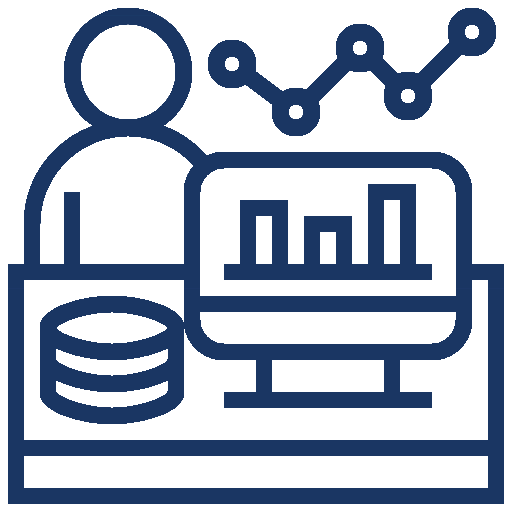Demystifying Data Analytics: Your Guide to Formulas and Functions
Welcome, fellow data enthusiasts, to the exhilarating world of data analytics! If you’re anything like me, you’ve probably found yourself knee-deep in spreadsheets, grappling with numbers, and deciphering cryptic formulas in pursuit of those elusive insights. Fear not, my friends, for today, we embark on a journey to demystify the realm of data analytics formulas and functions.
Now, before we dive into the nitty-gritty, let’s take a moment to appreciate the sheer brilliance of these mathematical marvels. From calculating averages to uncovering correlations, formulas and functions are the unsung heroes of data analysis, tirelessly crunching numbers to reveal the hidden truths within our datasets.
So, without further ado, let’s shine a spotlight on some of the most common data analytics formulas and functions that you’ll encounter on your quest for data-driven enlightenment:
1. Sum and Sumif
– Like a trusty accountant tallying up expenses, the SUM function adds up numbers in a range, while SUMIF allows you to sum values based on specific criteria. These functions are indispensable for aggregating data and calculating totals.
– Tableau equivalent? SUM(Expression) and SUM(IF Expression)
2. Average and Median
– Think of these as the yin and yang of central tendency. The AVERAGE function calculates the mean, while the MEDIAN function finds the middle value in a dataset. Together, they provide valuable insights into the typical value of a dataset, whether you’re analysing salaries or customer satisfaction scores.
3. Count and Countif
– Counting beans has never been easier with the COUNT function, which tallies the number of cells that contain numbers. Meanwhile, COUNTIF allows you to count cells based on specified criteria, making it a versatile tool for filtering and analysing data.
– Tableau equivalent? COUNT(Expression) and COUNT(IF Expression)
4. XLOOKUP (or the legacy VLOOKUP AND HLOOKUP)
– Ever wish you had a GPS for your data? Look no further than the XLOOKUP function, which allows you to search for a value in a table and return a corresponding value. Whether you’re matching product IDs or tracking sales figures, these functions will point you in the right direction.
– Tableau equivalent? Table Relationships, Joins or Blends
5. Correlation and Covariance
– Ah, the dynamic duo of data relationships. Correlation measures the strength and direction of the relationship between two variables, while covariance quantifies how much two variables change together. Together, they help uncover patterns and dependencies in your data, whether you’re analyzing stock prices or weather patterns.
6. Percentile and Quartile
– Want to know where you stand in the grand scheme of things? The PERCENTILE and QUARTILE functions divide your dataset into equal parts, allowing you to identify thresholds and benchmarks. Whether you’re analyzing exam scores or income distributions, these functions provide valuable context and insights.
Now, while these formulas and functions are powerful tools in your data analytics arsenal, it’s essential to use them wisely and with caution. In our next blog post, we’ll explore the top 10 mistakes people make when diving into data analytics formulas and functions—and how to avoid them like a seasoned pro. So stay tuned, my fellow data aficionados, as we continue our quest for data-driven enlightenment!
Until next time, keep crunching those numbers and uncovering those insights. Remember, with great data comes great responsibility—and maybe a few laughs along the way!






